Revolve Technologies has revealed the completion of a project to develop fuel cell technology using a printed circuit board (PCB) construction.
It is believed to be the first time that a PCB-based fuel cell has been developed for use in an automotive environment.
According to Revolve Technologies, compared with conventional systems, the PCB fuel cell stack will drastically reduce system costs, deliver reduced weight for a given power output and provide a more flexible form factor.
A Renault Kangoo ZE van with a PCB fuel cell range extender was displayed at the Cenex Low Carbon Vehicle Event at the Millbrook Proving Ground last week.
With the fuel cell fitted, an additional range of around 80 miles can be expected on a New European Driving Cycle (NEDC) with 1.7kg of hydrogen on board, and by fitting additional hydrogen storage capacity, the range can be further extended.
On the demonstration model, the fuel cell – along with the control system and electronics – is integrated on the vehicle roof under a covered enclosure. The hydrogen storage tank is currently in the loading bay, although a future development could see the tank relocated to the roof.
The fuel cell range extender module is designed as an aftermarket kit for all commercial pure electric vehicles (EVs). The technology can also be adopted by OEMs in other pure EV segments.
Revolve Technologies worked with a number of partners on the development and carried out the system integration, benchmarking and testing at its HQ in Brentwood. Bramble Energy was responsible for fuel cell development and manufacture, UCL provided fuel cell testing and manufacturing support, STI performed the electronics development and manufacturing consultancy HSSMI worked on manufacturing upscaling.
The PCB fuel cell vehicle integration project is part of an Innovate UK funded project.
“This project met all our expectations”, said Paul Turner, engineering director at Revolve Technologies.
“We were delighted to be able to show this exciting outcome at the LCV Show, and we received a very enthusiastic reception.”





















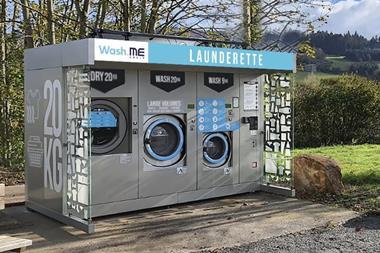

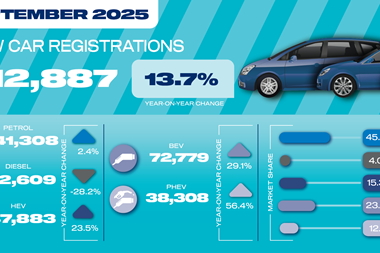

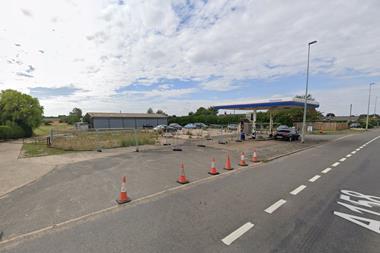
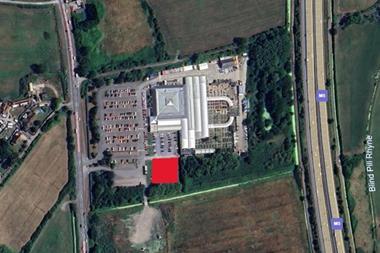

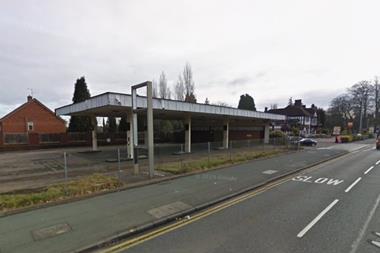
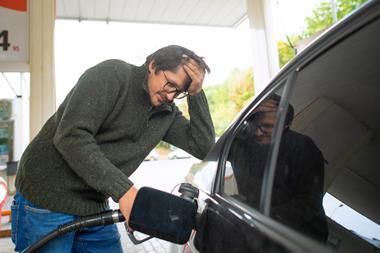

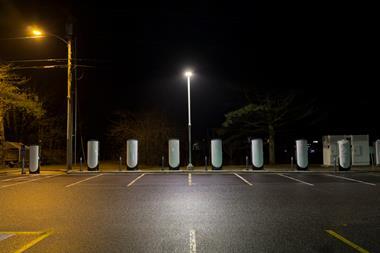
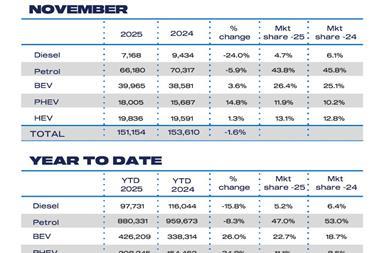
No comments yet